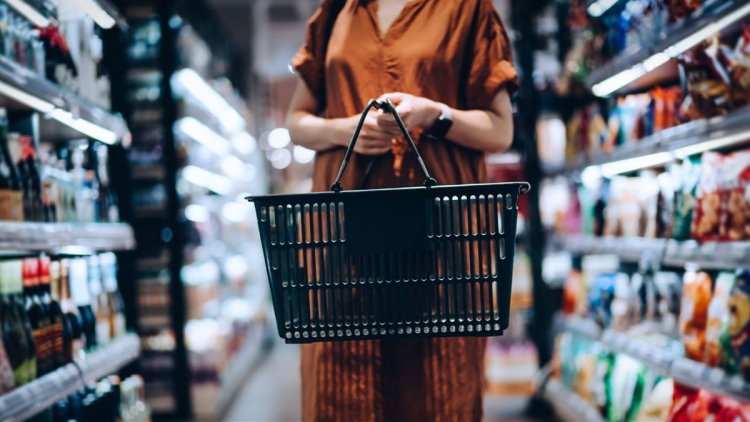Consumer Sentiment Falls As Spending Levels Tumble
Consumers have already cutback on spending, even on everyday expenses such as food.

Consumers feel worse about the outlook on the economy and have started to spend less money on food and clothing as inflation concerns remain, the Federal Reserve Bank of New York said in its survey on Friday.
Sentiment about the economy fell to 57.7 in May, marking a six-month low in May.
DONT MISS: Consumers Relying on Credit Cards to Pay Bills
While inflation has declined, some, consumers fear that it is here to stay. Medium-to-long term inflation expectations recently reached a 12-year high, Shannon Seery, an economist at Wells Fargo Economics wrote in a May 12 report.
Inflation declined to the slowest pace in two years last month. The headline consumer price index for the month of April was estimated to have risen 4.9% from last year, according to the Bureau of Labor Statistics, down from the 5% pace recorded in March and the first dip below 5% in at least two years.
"Measures of consumer optimism have remained under pressure since the start of the pandemic amid a lingering uncertainty," she wrote. "We suspect there are multiple things currently weighing on the mood, such as higher interest rates, still-high inflation and growing concern over the debt ceiling."
Consumers are expecting inflation rates to still impact their budgets. Short-term inflation expectations dipped slightly to 4.5% in early May, but during the past 23 of the last 25 months, expectations have now been above 4% and hit a high of 5.4% in March 2022.
"A sustained elevation in short-term expectations appears to be the lesser of two evils in this report, however, as long-term expectations continued a worrying trend of elevation," Seery wrote. "Expectations for inflation 5-10 years ahead broke out of their recent range rising to 3.2%, up from 3.0% a month ago. Today's long-term expectations are now at their highest level since 2011."
Consumers are also concerned that the political fighting about increasing the federal government's borrowing cap has not been reigned in and could result in a recession.
Household spending fell to 5.4% from 7.1% in December. marking the median reported year-over-year increase in daily costs, the Federal Reserve Bank in New York reported.
The median expected overall monthly spending growth over the next 12 months fell to 3.4% in April from 4% in December, which is its lowest value since December 2020.
The decline was broad-based across age, education, and income groups, but "most pronounced for those with annual household incomes above $100,000 and those over age 40," the report said.
Expectations for future spending declined across all categories, but fell the most in food of 5.6% and clothing of 2.9%.
The median year-ahead growth in daily essential spending such as living expenses fell to 4.9% percent in April from 5.2% percent in December, marking its lowest reading since April 2021.
However, the median expected growth in non-essential spending rose to 2.3% in April from 1.7% in December.
Consumers Using Credit Cards to Pay Expenses
Consumers are relying on their credit cards and installment loans again to pay bills each month as balances for both types of debt reached record- or near-record highs.
Balances for credit cards in the U.S. reached $917 billion in the first quarter, almost a 20% increase year-over-year as consumers struggle to pay their bills with higher inflation rates and interest rates, according to TransUnion’s latest report examining consumer spending during the first quarter that was published on May 11.
"As inflation rose to near 40-year high levels, many consumers have used credit to help manage their budgets, leading to record- or near-record high balances,” said Michele Raneri, vice president of U.S. research and consulting at TransUnion.
The average credit card balance is $5,733 in the first quarter, rising by 14.4% year-over-year.
The average balances for an unsecured personal loan is $11,281, an increase of 14% year-over-year and is the highest it has been on record or since 2005. The levels of unsecured personal loans rose by 26.3% year-over-year and reached a new high of $225 billion.
The balances for personal loans have declined for two consecutive quarters of year-over-year growth rates and could be demonstrating that lenders are "showing more scrutiny in making underwriting decisions," TransUnion said.
What's Your Reaction?


























































